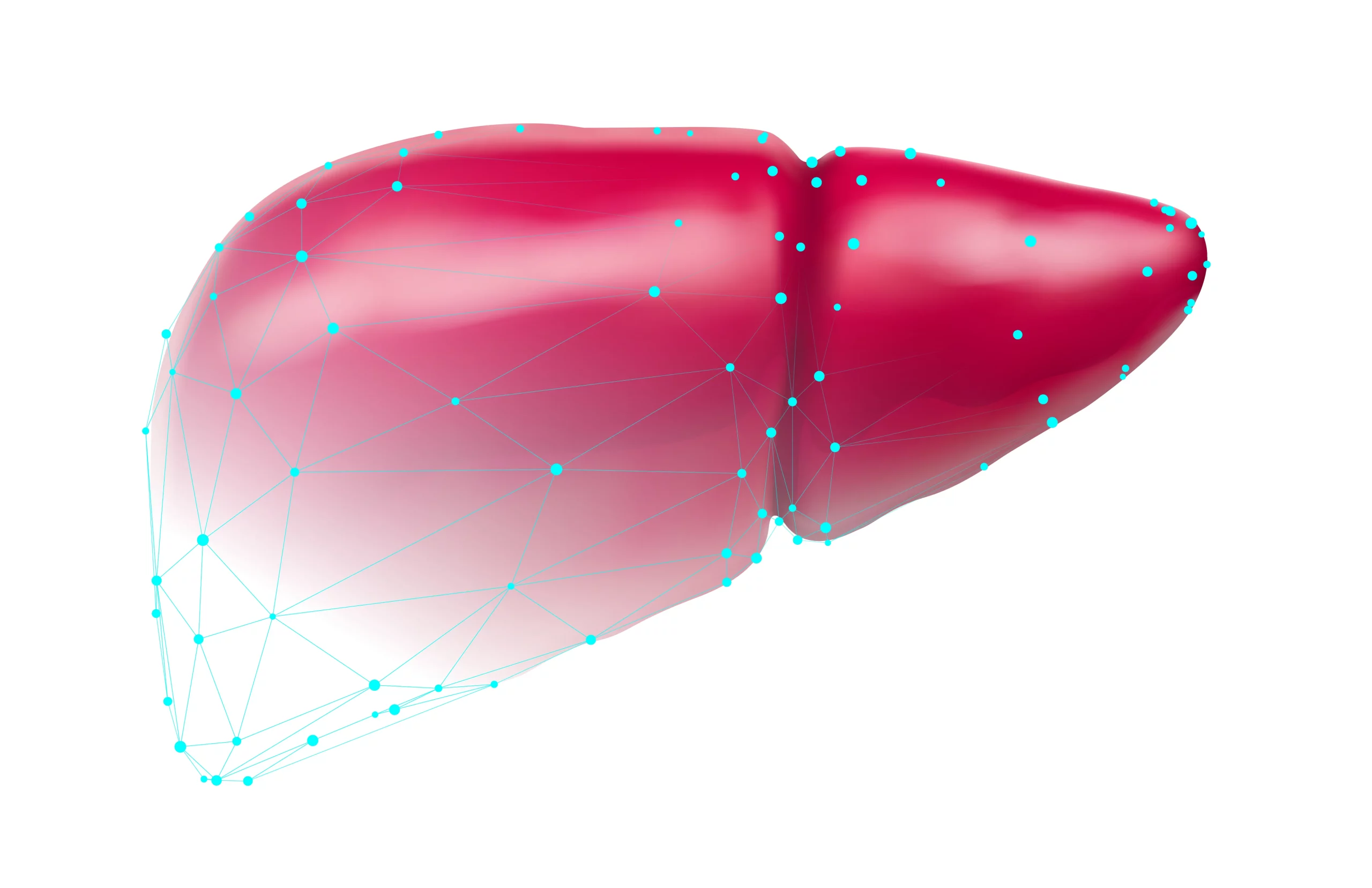DOI: 10.1016/j.metabol.2024.155790
Introduction
Obesity is a mounting global health issue associated with numerous comorbid conditions, one of the most concerning being non-alcoholic fatty liver disease (NAFLD). NAFLD can progress to non-alcoholic steatohepatitis (NASH), which can advance to significant liver fibrosis — a key predictor of morbidity and mortality related to liver disease. Due to the risks associated with invasive liver biopsies, there has been a pursuit for non-invasive tests that accurately monitor fibrosis in patients with metabolic dysfunction-associated fatty liver disease (MAFLD).
In light of this, a transformative study recently published in “Metabolism: Clinical and Experimental” (2024) titled “Performance of non-invasive tests for liver fibrosis and resolution after bariatric surgery” has evaluated the efficacy of six non-invasive fibrosis tests in the prognosis and resolution of significant liver fibrosis post-bariatric surgery.
Study Overview and Methods
A comprehensive analysis was conducted on a cohort of individuals with obesity who underwent liver biopsies during bariatric surgery, and again at 12 and 60 months post-operation. Led by Dr. François Pattou at the Centre Hospitalier Universitaire de Lille, the study analyzed tests including the fibrosis-4 index (FIB-4), NAFLD fibrosis score (NFS), AST to platelet ratio index (APRI), Hepatic fibrosis score (HFS), Fibrosis NAFLD index (FNI), and Liver risk score (LRS).
Results
The principal finding from the 2436 initial liver biopsies was that 261 individuals had notable fibrosis. The follow-up biopsies at 12 and 60 months showed a significant decrease in the fibrosis stage (p < 0.001 compared to baseline). Resolution of significant fibrosis was observed in 47.9% of patients at the 12-month follow-up, and an impressive 64% by month 60.
Among the six non-invasive tests, all showed a decrease in mean values post-surgery, with the exception of FIB-4. However, the FNI and LRS showed superior performance in predicting fibrosis resolution at the 60-month mark, underscoring the value of tests that incorporate both liver and metabolic indicators in assessing treatment outcomes.
Discussion
This study could represent a paradigm shift for monitoring liver health in individuals who have undergone bariatric surgery. The high performance of multifaceted tests like the FNI and LRS at predicting long-term resolution of liver fibrosis highlights the potential for tailoring post-operative care and potentially reducing the frequency of invasive diagnostics.
Implications for Clinical Practice
These findings can streamline the management of patients with obesity-related liver fibrosis. Physicians can confidently employ non-invasive tests to monitor fibrosis progression and resolution, ultimately enhancing patient outcomes and health system practices by mitigating the risks and expenses of repetitive liver biopsies.
Limitations and Future Research
While the results are promising, the long-term efficacy and broader applicability of non-invasive tests require further exploration. Additionally, identifying the precise mechanisms by which bariatric surgery induces fibrosis resolution could present new therapeutic opportunities.
Conclusion
The study by Dr. François Pattou and colleagues provides a solid foundation for non-invasive monitoring of liver fibrosis resolution post-bariatric surgery. It opens avenues for safer, more cost-effective care for patients grappling with the dual burden of obesity and liver disease.
Keywords
1. Liver fibrosis
2. Bariatric surgery
3. Non-invasive tests
4. NAFLD
5. Obesity
References
1. Raverdy V., Tavaglione F., Chatelain E., et al. (2024). Performance of non-invasive tests for liver fibrosis and resolution after bariatric surgery. Metabolism: clinical and experimental, 155790. doi: 10.1016/j.metabol.2024.155790.
2. European Association for the Study of the Liver (EASL). (2018). EASL Clinical Practice Guidelines on non-invasive tests for evaluation of liver disease severity and prognosis. Journal of Hepatology, 71(2), 274-318.
3. Cusi, K. (2012). The role of adipose tissue and liver inflammation in the pathogenesis of type 2 diabetes and non-alcoholic fatty liver disease. The American Journal of the Medical Sciences, 345(6), 437-443.
4. Ratziu, V., Charlotte, F., Heurtier, A., et al. (2005). Sampling variability of liver biopsy in nonalcoholic fatty liver disease. Gastroenterology, 128(7), 1898-1906.
5. Singh, S., Allen, A. M., Wang, Z., et al. (2015). Fibrosis progression in nonalcoholic fatty liver vs nonalcoholic steatohepatitis: a systematic review and meta-analysis of paired-biopsy studies. Clinical Gastroenterology and Hepatology, 13(4), 643-654.e1-9; quiz e39-40.
